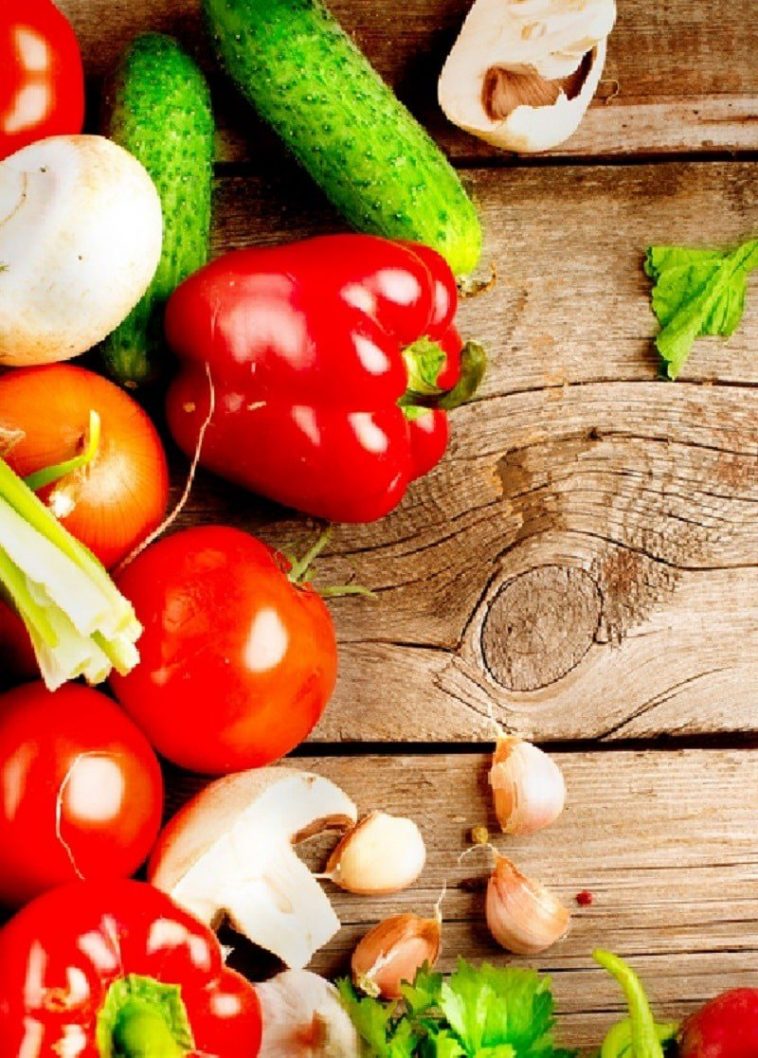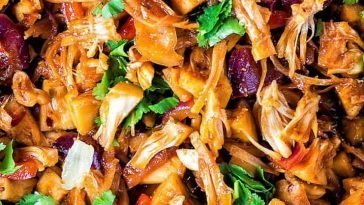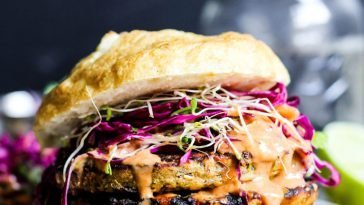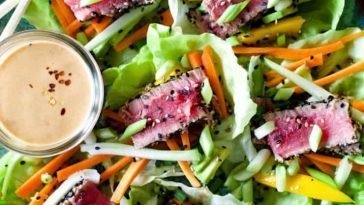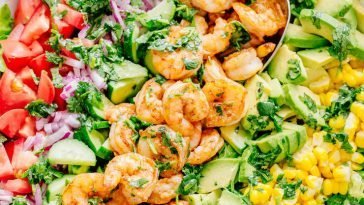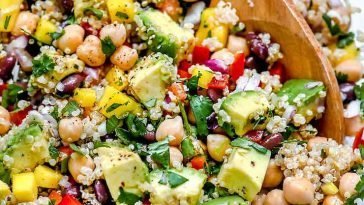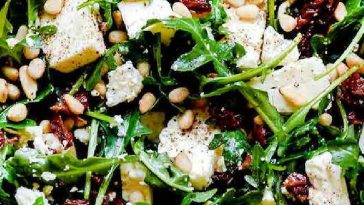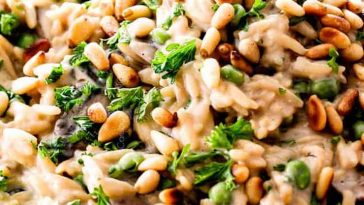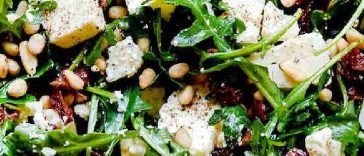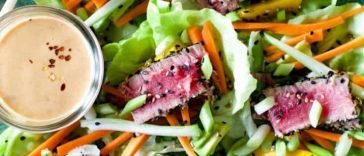Add More Whole Foods To Your Diet
To start a whole foods diet, you need to eliminate processed foods and replace them with whole foods featured in quick healthy recipes.
Processed Foods List
a) Packaged or can food i.e sugary cereals, canned fruit, canned vegetables
b) Packaged cheese
c) Processed meat i.e bacon, ham, salami, sausage etc
d) Refined sweets i.e candy, chips, cakes, chocolate bars, cookies, crackers, donuts etc.
e) Soda pop
f) Bottled drinks
g) Fast food
h) Convenience, ready made meals
i) White products i.e. white rice, flour, pasta and white sugar
You May Ask Yourself The Following Questions:
- How do I transition real food into a very heavily processed diet?
- How can I cook real meals while maintaining a full-time day job and demands in my home life?
- Will my family enjoy this new way of life?
- Can I prepare meals from scratch?
20 Tips To Help You Consume Whole Foods & Ditch Fake Foods
1) Take baby steps. Don’t change everything at once. Learn one thing, and once you master it, learn something else.
2) Join your local Community Supported Agriculture to learn as much as you can about whole foods.
3) Purchase fruits and vegetables at a local farmer’s market or purchase organic foods whenever you can.
4) Meet with local farmers, ask questions about the foods they offer.
5) Slowly eliminate processed foods from your pantry – do this by using them up, getting rid of it and replace them with real food.
6) Don’t purchase foods that have ingredients with unpronounceable names or have a long list in general.
7) Most meals should have some type of cooked or raw vegetables as well as whole grains, beans, nuts, legumes, seeds and fruits.
8) Choose healthy fats and remember fats give food their flavour.
9) Avoid buying fast food and restaurant food.
10) Teach yourself how to cook healthy meals using real ingredients.
11) Acquire recipes from family, friends, clean eating cookbooks and from the Internet.
12) Increase your water intake, avoid sodas and other sugary drinks.
13) Throw out boxes and cans of food that utilize preservatives and chemicals, focus on clean packaged foods instead.
14) Focus on quality and nutrient density of clean healthy foods instead of calories.
15) Learn the difference between processed and whole foods. Learn how processed foods are produced and prepared and how it can impact your health.
16) Find out – through the process of elimination – if there are foods that you need to completely get rid of due to allergies.
17) Learn what certain terms such as grass-fed or raw dairy mean and how important it is.
18) Create a plan that incorporates adding a new real whole food recipe each month, using the basics – grass-fed meat, whole grain and healthy saturated fats.
19) Use gradual transition or 80/20 rule when you begin the changeover from processed foods to whole foods.
20) Remember that a whole food diet isn’t a diet but a change in lifestyle. You must know and understand this difference to be successful.
Once you start consuming whole foods, your body is going to feel so much better. You will notice an enormous difference and will enjoy the benefits of your new lifestyle.
To experience long term benefits of adding more whole foods to your diet, click here.

